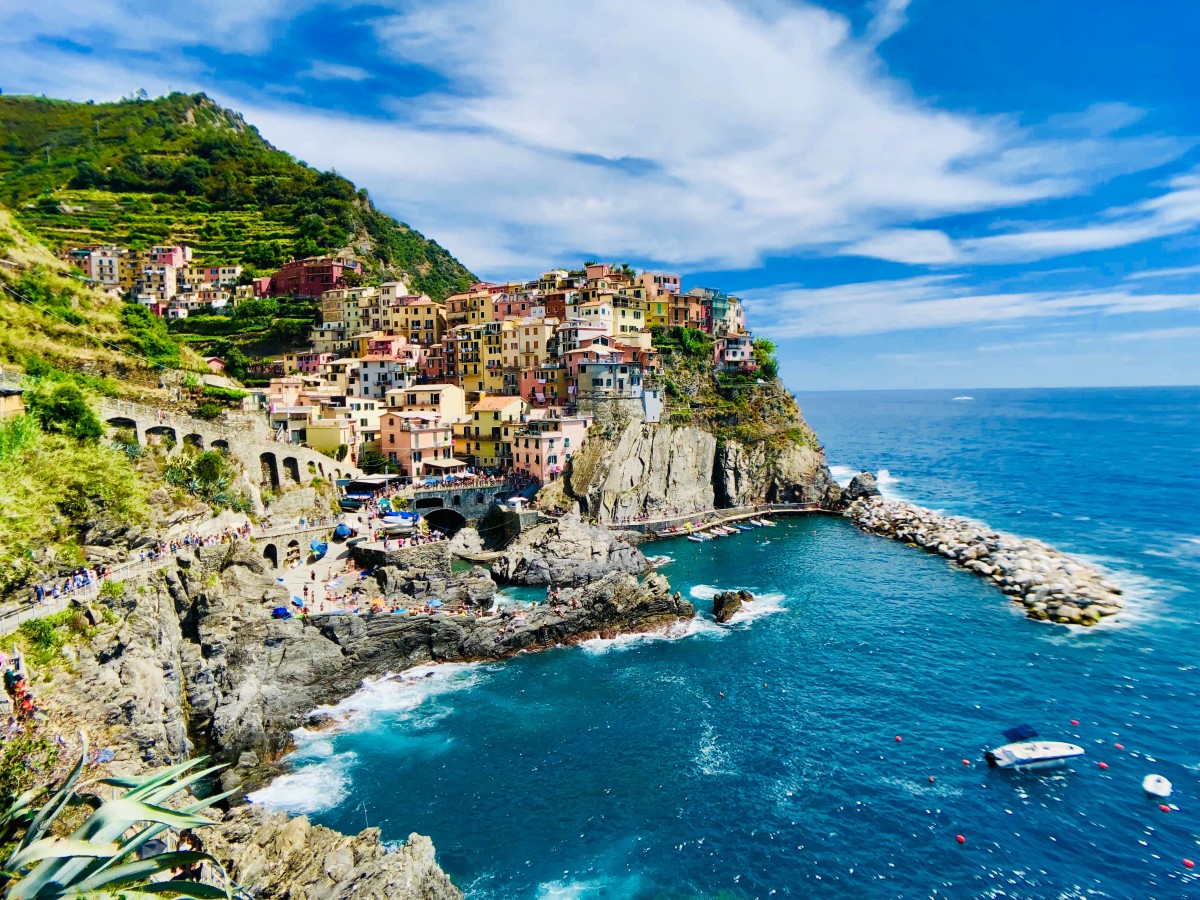
With the COVID-19 pandemic painting an ever-changing picture across Europe, Italy is gradually relaxing its lockdown rules and regulations to pave the way for the country’s “new normal”. Having reopened its borders on 3rd June 2020 following the nationwide lockdown which came into force on 9th March 2020, let’s have a look at some of the many questions being asked by those who want or plan to travel to Italy this summer 2020.
Who will be allowed to enter Italy?
Italy opened its borders on 3rd June only to EU countries, those in the Schengen area, the UK, Andorra and Monaco citizens. On this date, the borders also opened with the Vatican City and San Marino. This means that travellers arriving in Italy from these countries won't have to observe a period of quarantine unless they have been in any other country in the 14 days prior to entering Italy, though depending on their own country's rules they may be required to quarantine when they return home. It is important to note that these travel restrictions are based on where you're departing from or travelling to, not on your nationality.
In the same way, Italian residents who travel abroad will not be required to quarantine when they return the country. The Italian government has also dismissed any possible attempt to apply different confinement rules in different regions of Italy meaning that the same rules will apply in the same way to all regions.
When will other foreign tourists be allowed to travel to Italy?
People travelling from other countries that haven’t been mentioned above will have to wait a bit longer before visiting Italy. According to the government decree, visitors coming from outside the countries listed above would initially not be allowed to enter Italy until at least 15th June, but with exact plans yet to be detailed, this date has been pushed back further.
Are beaches, hotels and restaurants open in Italy?
Italy entered what is known as "phase 2" of lockdown on 18th May, and this relaxation of some of the measures allowed beaches, restaurants, bars, hotels and cafes to reopen with strict capacity and hygiene limits. Keep in mind, however, that restrictions could be restored at any time if the coronavirus epidemiological situation worsens.
Health and safety measures
Many countries are still advising against all but essential travel and encouraging holidays at home. But if travelling in Italy is still an option this summer, like many other countries, Italy also has strict measures in place that you should take into account before planning a trip to or within the country. In a bid to prevent a second wave of the coronavirus pandemic, the Italian government has outlined various health and safety measures to ensure maximum hygiene, as well as other guidelines that should be taken into account before planning a trip to Italy this summer.
- Travel between regions is now permitted in Italy inter-regional travel may be limited by measures taken in relation to specific areas of the national territory, in accordance with specific health risk of the area. Therefore, it’s a good idea to check local guidelines before travelling between regions.
- As of May 4th 2020, in order to contain the spread of the COVID-19 virus, it has been mandatory throughout the country to use respiratory protection, such as face masks, in closed spaces that are accessible to the public, including public transport, and on all occasions when the necessary safety distance of 2 metres cannot be guaranteed. This measure still applies and will likely be in place until a vaccine is available.
- All services, including shops, bars, restaurants should also carry out hygiene and sanitisation measures according to the indications from the Authorities and in smaller spaces, a maximum capacity should be established.